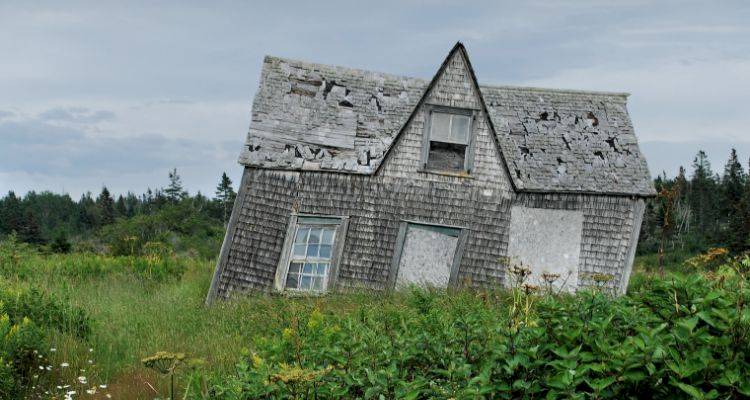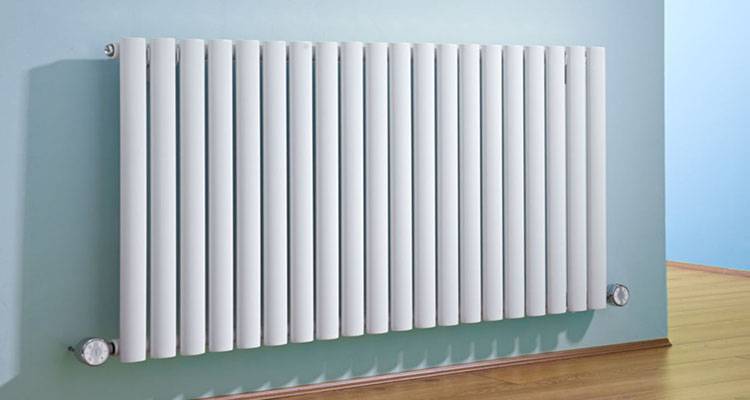Central Heating Power Flush Cost
- The average central heating power flush costs around £400 in the UK.
- Power flushing a central heating system typically takes around 4 hours.
- How much is a power flush, including how much a tradesperson charges to flush a central heating system in 2025.
- What's involved in performing a power flush, signs that you might need one, and how long different-sized jobs take.
- How to find and hire a tradesperson near you for this job.
Looking to find out how much a central heating power flush costs in the UK?
You can expect the cost of a power flush to be £400 in 2025 for a 6 radiator system. However, power flushing costs are dependent on a few factors.
So, what's included in this complete guide?
In this guide, we detail the typical cost of a power flush (including material and labour prices) so that you know what to expect before getting a quote.
We also identify the signs that your central heat needs power flushing or other types of attention to keep it in good working order.
Ready to get a quote now?
Find a local heating engineer on MyJobQuote. It takes just a few minutes to submit a job, and then you'll get free, no obligation quotes from tradespeople near you.
Want to learn more first?
Check out the full guide below!

£400
Table of Contents
How Much Does a Power Flush Cost?
What is power flushing used for?
Power flushing is designed to clean out your central heating system by removing the sludge or debris that builds up over time.
How can this help your central heating system?
The vast majority of boiler and central heating problems are caused by sludge buildup in the pipes and in the boiler itself.
Power flushing can help to prevent boiler breakdowns and reduce maintenance costs, while at the same time making your heating system more efficient, saving money on fuel bills.
However, you should never attempt to carry out a power flush on your system yourself, as, if done incorrectly, a power flush can cause considerable damage.
It's recommended that you power flush your system before having a new boiler installed to ensure all sludge and debris are completely removed from the system.
Indications that your boiler system is in need of a power flush can include:
- Cold spots on radiators
- Noisy radiators or boiler pumps
- Slow heating radiators
However, it's good to note that these problems can also be caused by air in the system. But, if you bleed the radiators and you get rusty brown or black liquid coming out, then it's time to power flush the system.
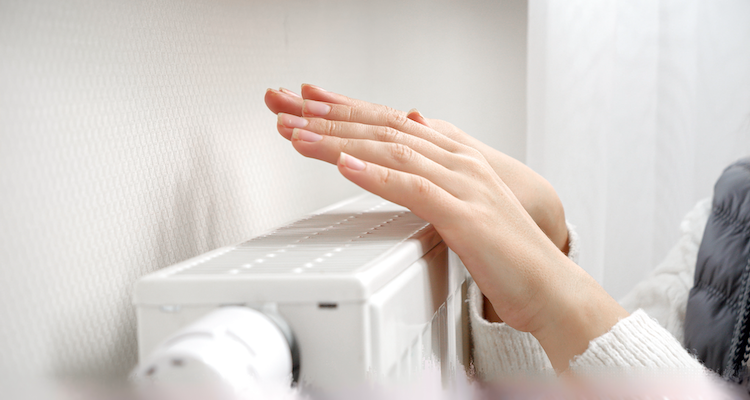
MyJobQuote makes the process of finding tradesmen simple and easy.
Just create a job, tell us what you need, and then wait for tradesmen to get in touch with free, no obligation quotes.
How do I know if a power flush for my central heating is really needed?
Central Heating Flush Cost
So, how much is a power flush?
Let's take a look at the cost of a power flush for a heating system with a different number of radiators in the house.
For reference, a 3-bed semi-detached house typically has between 8 and 10 radiators, and a 4-bed detached house usually has between 10 and 15 radiators.
| Job Description | Total Estimated Cost |
|---|---|
| Power flush 6 radiator system | £400 |
| Power flush 8 radiator system | £470 |
| Power flush 10 radiator system | £520 |
| Power flush 12 radiator system | £550 |
Do most heating engineers perform a power flush per standard when installing new boilers?
Power Flush Labour Costs
To give you a better understanding of the costs involved in a power flush, here's what you can expect to pay for labour, as well as the expected job duration:
| Job Description | Duration | Labour Cost |
|---|---|---|
| Power flush 6 radiator system | 3 – 4 hours | £300 |
| Power flush 8 radiator system | 4 hours | £360 |
| Power flush 10 radiator system | 4 – 5 hours | £400 |
| Power flush 12 radiator system | 5 hours | £420 |
Power Flush Supply Costs
Lastly, here are the supply costs involved with power flushing your system:
| Job Description | Material Cost |
|---|---|
| Power flush 6 radiator system | £100 |
| Power flush 8 radiator system | £110 |
| Power flush 10 radiator system | £120 |
| Power flush 12 radiator system | £130 |
Additional Power Flush Costs
With a certified heating engineer already at your property, it makes sense to maximise their services to take advantage of any minimum call-out fees.
Here are some jobs you can consider getting done at the same time, depending on your needs:
If You Want To Optimise Your Heating's Lifespan
Boiler Service Costs
A great job to do in tandem with a central heating flush is a boiler service.
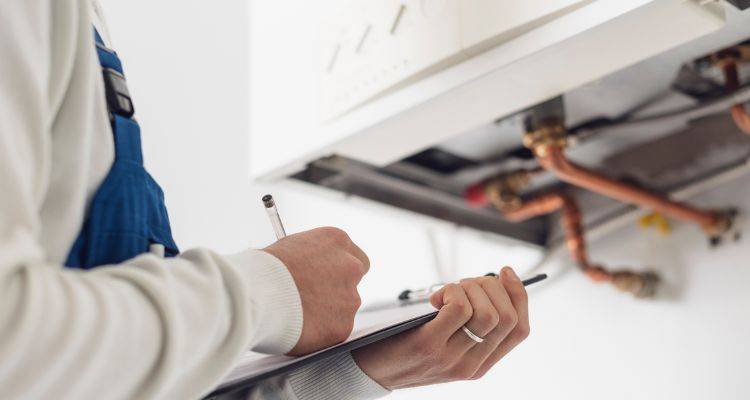
Servicing your boiler will ensure it runs efficiently and correctly. Once your power flush is done, giving your boiler a fresh bill of health will mean it lasts longer without needing major maintenance over the years, other than regular servicing.
Boiler service costs are an average of £100 in the UK.
Radiator Bleeding Costs
Once your power flush has been completed, your heating engineer will need to bleed your radiators to eliminate any built-up air in your system.
Radiator bleeding costs £100, and will make sure all air has been removed to ensure your heating circulates correctly.
If You Want To Optimise Your Home's Energy Efficiency
Smart Thermostat Installation Costs
Adding a smart thermostat to automate your home's heating schedule can boost energy efficiency while reducing energy bills.
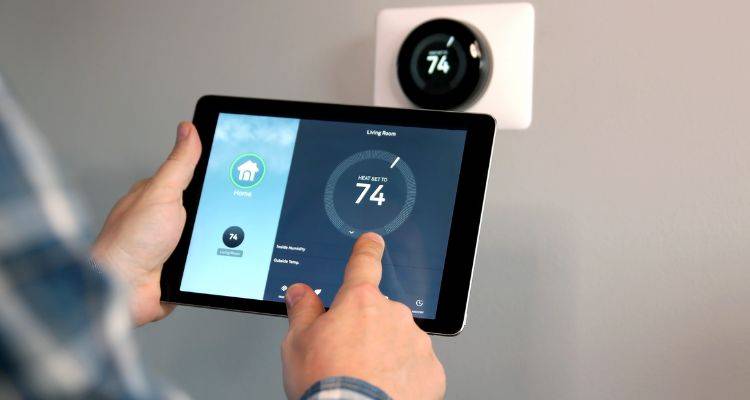
Smart thermostat installation costs start at around £265, and once fitted, you'll be able to control your home's heating from your smart devices, even when you're not in the house.
Things to Consider About Power Flushing
What is power flushing?
Power flushing is a technique used to clear out sludge from central heating systems in areas where scale and corrosion can collect.
The symptoms of sludge buildup include cold spots on radiators after bleeding, noisy boilers and pipes, and poor efficiency.
How does sludge get into your heating system?
Sludge forms over time due to corrosion, as radiators are steel and tend to corrode on the inside, which you won't be able to see.
When your radiators rust inside, they will eventually turn the water almost black.
This colour is the internal rust and, if allowed to continue, will eventually build up and start to partially block the flow of hot water. It will also start to settle in the bottoms of your radiators and cause cold spots.
I have a gas combi boiler. One of the radiators is heating at the top and lukewarm at the bottom, with the pipe below the lockshield valve also lukewarm. What's the potential cause?
What happens after a power flush?
After a professional power flush, pipes and radiators will get noticeably hotter quicker, and your home will be more comfortable with the heat more evenly distributed.
Is power flushing worth it?
Power flushing may seem expensive, but it will increase the life of your boiler and make the system more efficient, so saving over the long term.
Boilers can fail due to excessive buildup - especially modern condensing boilers, which are much more sensitive to debris buildup - so it's wise to get your heating system flushed before installing a new boiler.
Most manufacturers will not accept a claim on a boiler if the system hasn’t been recently power flushed.
Doing it Yourself
Power flushing isn't a DIY-friendly project.
It's highly recommended that you hire a professional to do the job properly and safely.
Power flushing requires expensive equipment, making it unsuitable as a DIY project.
How Does Power Flushing Work?
When you hire a professional to power flush your system, these are the steps they're likely to take:
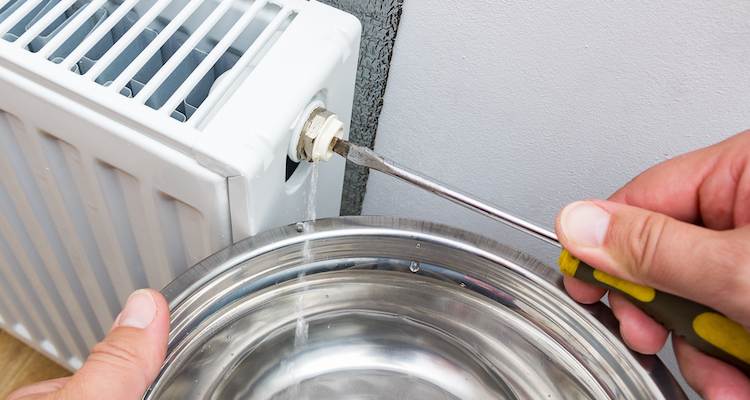
- The contractor will begin by starting the boiler, checking the radiators for cold spots, taking the radiator temperature and sampling the water to compare after the flush.
- Next, they'll remove all radiator valves, place dust sheets over all carpets and flooring, and connect the power flushing machine.
- The first flush will be a chemical flush of the entire system, in both directions.
- They'll then isolate each radiator and flush each one, in turn, beginning with the coldest ones. A rubber mallet may be used to knock the radiators and help loosen up any sludge.
- The contractor will complete a second flush with water across all radiators individually, until the water runs clear and free from any sludge.
- Finally, a full system flush with water will be done until the water is again clear and free of sludge.
- A rust inhibitor will then be added to the system and circulated for 15 minutes. Once all the valves have been put back in place, the contractor will run the central heating system to check for leaks.
- If no leaks are found, the job is complete.
My radiator is cold on the top half. I've tried turning it on and off a few times, but the problem persists. What else could I try to fix the problem?
How Do I Know If I Need a Power Flush?
Still not sure if you need a central heating power flush? Here are the key signs to look out for:
- Your radiators are cold around the bottom, but heating fine towards the top.
- Your radiators are still not heating properly after bleeding.
- If you notice knocking, ticking, or gurgling noises coming from your boiler.
- If you have the heating on at the same temperature in all your rooms, but some rooms are still far colder than others (and there are no draughts to blame), a power flush might be the solution.
Once your central heating system has been power flushed, a magnetic filter will collect any future rust and help protect the boiler from damage.
If the buildup in the heating system is severe, then a power flush may not resolve the issues you're having. In this case, a tradesperson may perform a chemical cleanse or manually clean radiators that have issues.
Checklist: How To Find and Hire a Heating Engineer in the UK
If you've decided it's time to get a central heating flush, here are our top tips on hiring the best tradesperson for the job:
- Shop around, and gather at least 3 quotes from different heating engineers to compare their prices to make sure you're getting a fair deal.
- Look at the engineer's history - have they done power flushes in the past, and have their customers been happy with the results?
- Take a look at any photos or videos of their work to get an idea of the type of quality you can expect from their workmanship.
- Make sure your quotes are in written format and itemised to avoid any hidden costs when it comes to settling up. Be sure to check if waste removal is included, if needed.
- Double-check the engineer's credentials - they must be on the Gas Safe register if they're working on gas boilers.
FAQs
Do radiators need to be removed when getting a central heating power flush?
In most cases, no - they'll only need to be removed if there's heavy, compacted sludge. This will need to be removed by manually flushing the radiators with a high-pressure hose.
I have had my radiators repeatedly flushed, but they still keep blocking up with sludge. Why?
It's best to have your system checked by a qualified engineer before flushing it again. Oxygen can get into the pump and pipework, speeding up corrosion, which can lead to rusty sludge buildups.
Is a power flush something that will be diagnosed in an annual boiler service?
Annual boiler services are widely recommended to ensure that your boiler system is working efficiently and safely. Heating engineers might catch issues that indicate a power flush is required, but a power flush is not a standard part of a boiler service in the UK.
Sources
https://sentinelprotects.com/uk-en/pageid/sentinel-support-guides-how-powerflush-heating-system
https://plumbhq.uk/a/central/articles/radiator-flushing-explained
https://www.thecleaningcollective.co.uk/news/how-to-guides/how-to-clean-a-radiator
https://wpjheating.co.uk/benefits-power-flushing/
https://warmerhomegrant.co.uk/what-are-the-advantages-of-power-flushing-your-central-heating/
https://arenheatingplumbing.co.uk/powerflush-vs-chemical-flush/
https://angusplumbing.co.uk/power-flush-supercharge-your-central-heating/
https://www.pflush.com/how-we-power-flush






